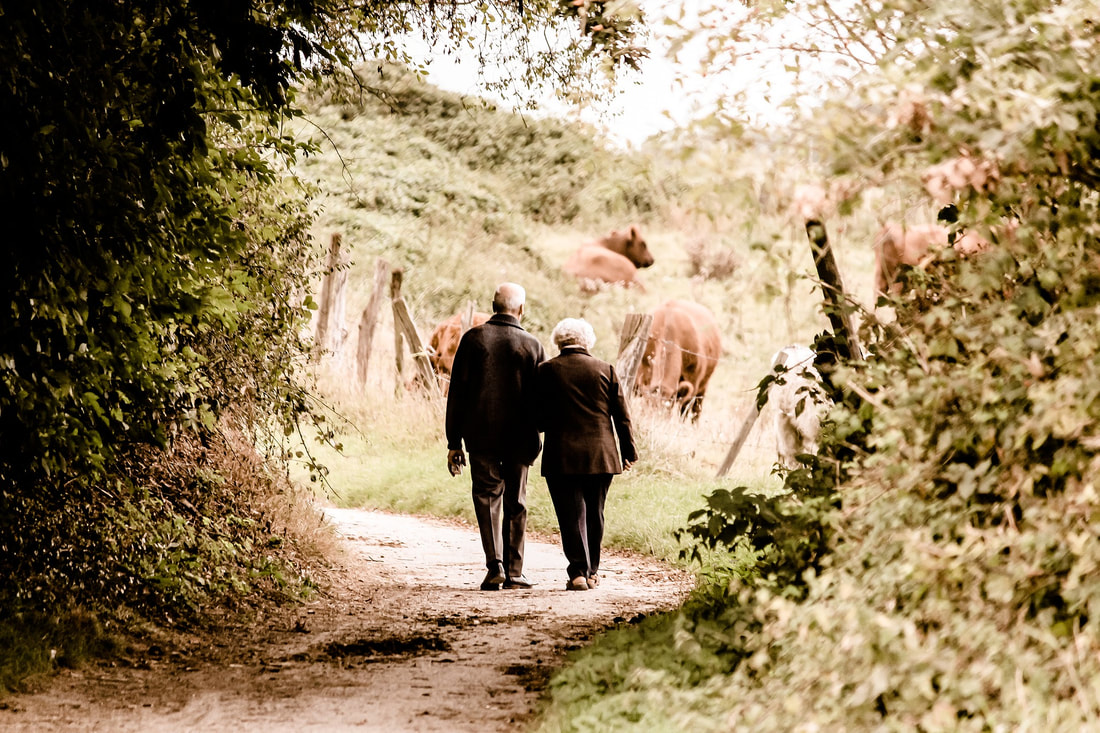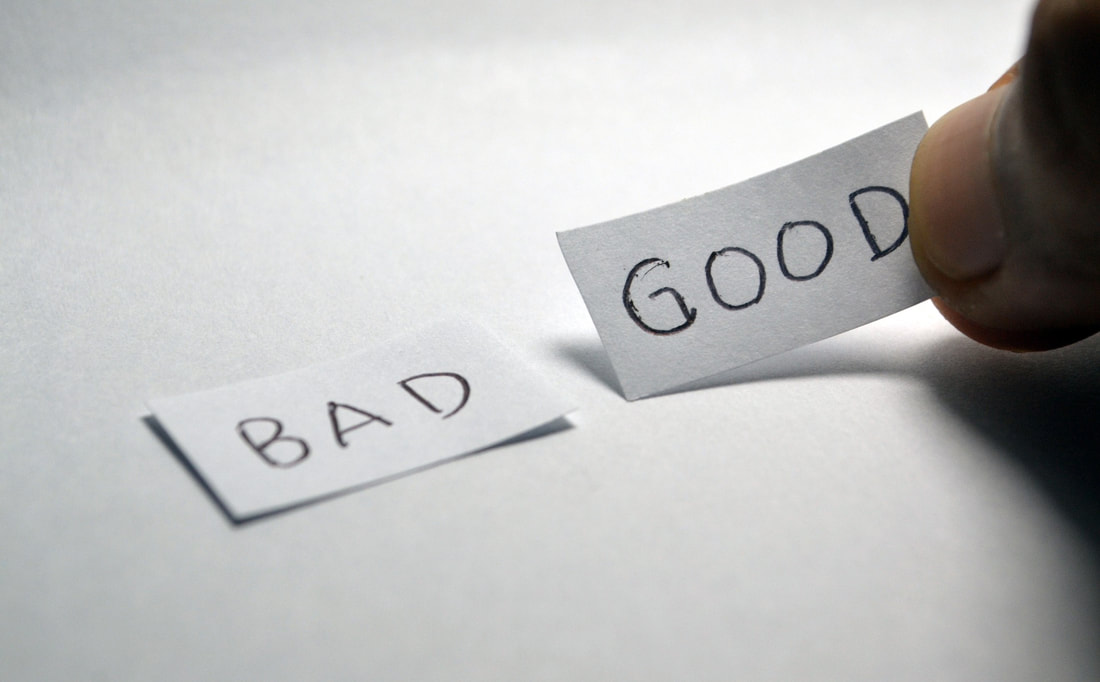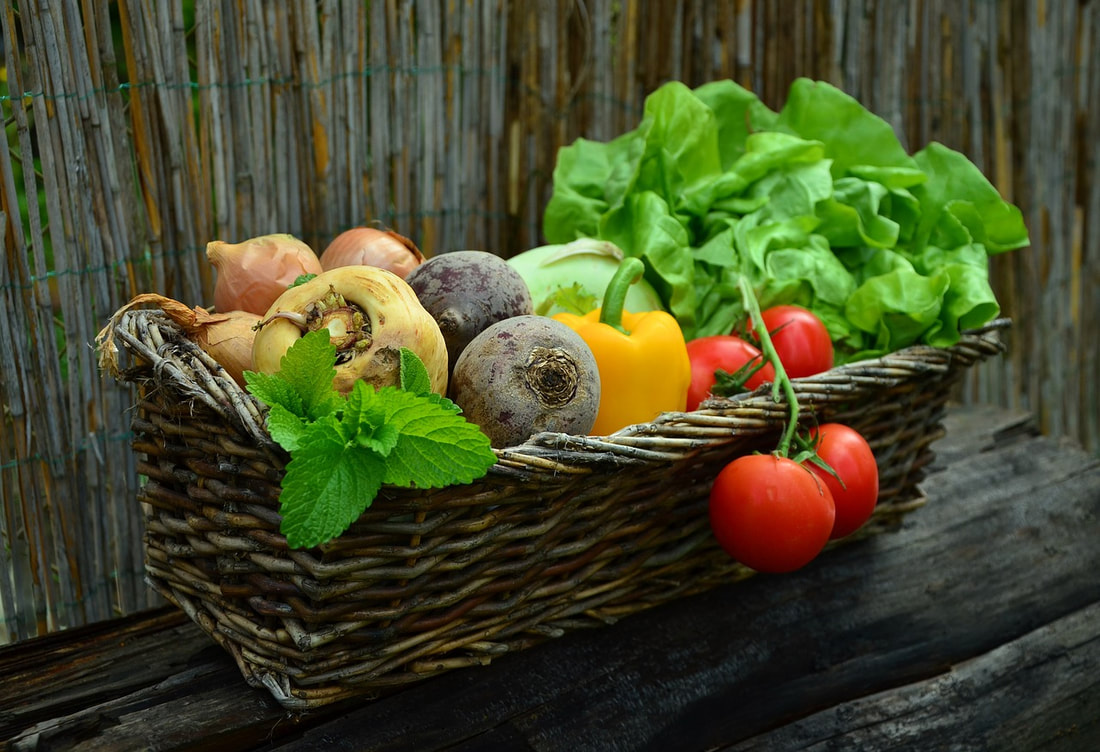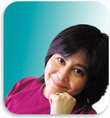 Image by Susanne Pälmer from Pixabay Image by Susanne Pälmer from Pixabay No one wants to face the fact that our bodies change as we age. The gray hairs, wrinkles and sagging skin under the arm remind us of the aging process. We can expect certain physiological changes that may influence how far we can push our bodies with exercise or even regular physical activity. Some normal changes that occur with aging include the fact that our lean muscle mass decreases and our fat mass increases. The water in our connective tissue decreases. There are more cross links in our connective tissue. Our mid spine starts to hump and we lose fast twitch muscle fibers. Our maximum heart rate decreases as does our ability to do aerobic exercise. Our heart chambers get stiffer and our reaction time decreases. We have more systemic inflammation and our hormones decline. These changes mean that we have an increased risk for diabetes. We lose flexibility and the ability to absorb shock. There is a greater tendency for tendon injury and decreased muscle endurance and output. We start to look like a hunchback and have decreased reach. We lose muscle speed. We can’t do as much cardio exercise. We have increased blood pressure, an increased risk for falling, more muscle wasting and loss of strength. This all starts when we reach 30 years of age. We start to lose strength at a rate of 10% per decade of life and this accelerates to 15-30% per decade after the age of 60. The earlier in life that we train and build up strength, the less functional loss we will experience as we get older. For example, if at age 20 you train so you can lift 100 pounds with one arm, you might lose 10% per decade from age 30-50 and then an additional 30% during the 60’s, making a total of 60% loss. By the time you reach 70, you would only be able to lift 30 pounds. Losing leg strength may be more significant since it may impact the ability to walk at age 70. This may explain why some people develop rotator cuff injuries even when they have continued to do the same exercise routine with no increase in weight, repetition or speed. The body has changed so the exercise becomes different and the risks may go up. Change your exercise regime from time to time and pay attention to the signals your body gives you. Watch for signs of increased effort, more fatigue, strain, soreness, shaking and other indicators that you are reaching your limit. Don’t assume that you should be able to do it as you always have. Longer warm-ups may be necessary. Fewer repetitions could be safer. Lowering the weight might be indicated. Being aware of the normal changes that occur in our bodies as we get older may help you to prevent injuries and to insure that you continue to stay active and functioning well into the later years. Start now to build up your reserves and don’t ignore the cues your body gives you.
0 Comments
 Image by Fathromi Ramdlon from Pixabay Image by Fathromi Ramdlon from Pixabay Ever feel like you’re having to choose between two paths, one leading you to good choices and the other leading to bad ones? Want to start living your life in ecstasy and benefiting from having good health instead of continuing to live life in agony? Then come to this Free Wellness Lecture on how to do just that by reducing inflammation, enhancing all body systems functions, slowing down the aging process and reducing pain. Join us for this limited time experience on Wednesday, June 10 2015 from 7pm to 8:30pm at Yonemoto Physical Therapy located at 55 S. Raymond Ave, Suite 100, Alhambra CA 91801. Please call (626) 576-0591 to RSVP. Seating is limited.  Photo courtesy by Amy Minori - https://www.facebook.com/ArtByAmyMinori/ Photo courtesy by Amy Minori - https://www.facebook.com/ArtByAmyMinori/ Qigong is much simpler to do than Tai Chi. You can rid your body of aches and pains with the gentle, low impact movements. It helps to move the vital life force through energy pathways like acupuncture, but without the needles. Qigong also helps with organ function. Come experience how you can improve memory, sleep better and feel happier. The Level 1 Qigong class will be from 7pm to 8:30pm on Thursday, June 11, 2015 to Thursday July 16, 2015. The classes will be held at The San Marino Center in the Fireside Room, 1800 Huntington Drive, San Marino CA 91108. Price for classes are: Residents of San Marino: $104, Non-Residents: $109. To register please contact the City of San Marino Recreation Department at 1560 Pasqualito Drive or call (626) 403-2200 or register online at https://registration.sanmarinorec.org. The class number is 373238-01. The age to take this class is ADULT. For more information please call (626) 403-2200.  도훈 이 도훈 이 My mom always told me to sit up and stand up straight. At school, girls walked with a book on their head to practice good posture. Now, after many years of working as a physical therapist, I realize my mother’s wisdom in emphasizing good posture. Many of my patients hate to hear these words because they bring up a very negative emotional response. Unfortunately, their mothers nagged them with the same words I am now using when I have them stand with their backs against the wall, trying to keep their buttocks, upper back and head lined up. Most of them cannot keep their heads against the wall, and even if I use a rolled up towel they can’t push the roll into the wall. Their chins point upward as their necks extend towards the wall with a hunchback look. Not only does this make you look old, but it reduces your balance, decreases how much air gets into your lungs, causes neck and back pain, shoulder limitations, and possibly even jaw disorders. There is a growing problem in the younger community with reliance on cell phones, tablets, and laptops, and even with students’ writing postures. There should be more emphasis on sitting up straight, angling writing surfaces similar to drafting tables, and using larger arm muscles to write in order to prevent fatigue. Using whole body mechanics is more efficient and aesthetically pleasing and results in more beautiful handwriting. I also advocate keeping both feet on the floor for good pelvic alignment, which also prevents high blood pressure, according to my Chinese medicine teacher. When you sit or stand up straight, try to align your ears with the shoulders. The shoulders should line up with the hips which, if you are standing, should line up with the ankles from a side profile. Start looking at people and see how much their heads go forward. Even a small distance forward can put a big increase in pressure in your lower back disks. Gravity will pull a forward head down, causing more effort by the neck muscles to keep the head from falling forward. This can explain constant soreness and hardness in many people’s neck and shoulders. When the head is aligned and balanced on the neck, almost no muscle power is needed to keep the head perched on the spine. It takes about 21 days of constant awareness to change a habit, but if you stick with it, you will be rewarded with better health, younger appearance and better organ function. If you are still responsible for the welfare of children, encourage them to stand up and sit up straight, but please, do it in a way that makes them want to do it for a lifetime. If you are already grown up and have a forward head, don’t despair, many of my patients are doing better! It takes a little work and encouragement but, under the guidance of a good coach, it is well worth the effort. Sheila Yonemoto, P.T., has been a physical therapist for more than 30 years, specializing in integrative manual therapy, utilizing a holistic approach. She can be reached at Yonemoto Physical Therapy, 55 S. Raymond Ave, Suite 100, Alhambra, CA 91801. Sheila also offers a Qigong “Chinese Energy” exercise class. Your first class is FREE. Call (626) 576-0591 for more information.
|
Sheila’s BlogI focus on the topics you care about most. Categories
All
Archives
February 2022
|
|
55 S. Raymond Ave. Suite 100
Alhambra, CA 91801 Main Phone: (626) 576-0591 Alternate Phone: (626) 538-3966 Fax: (626) 576-5890 Email: yonemotoptfinance@gmail.com |
© 2015 Yonemoto Physical Therapy. ALL RIGHTS RESERVED.
|



 RSS Feed
RSS Feed